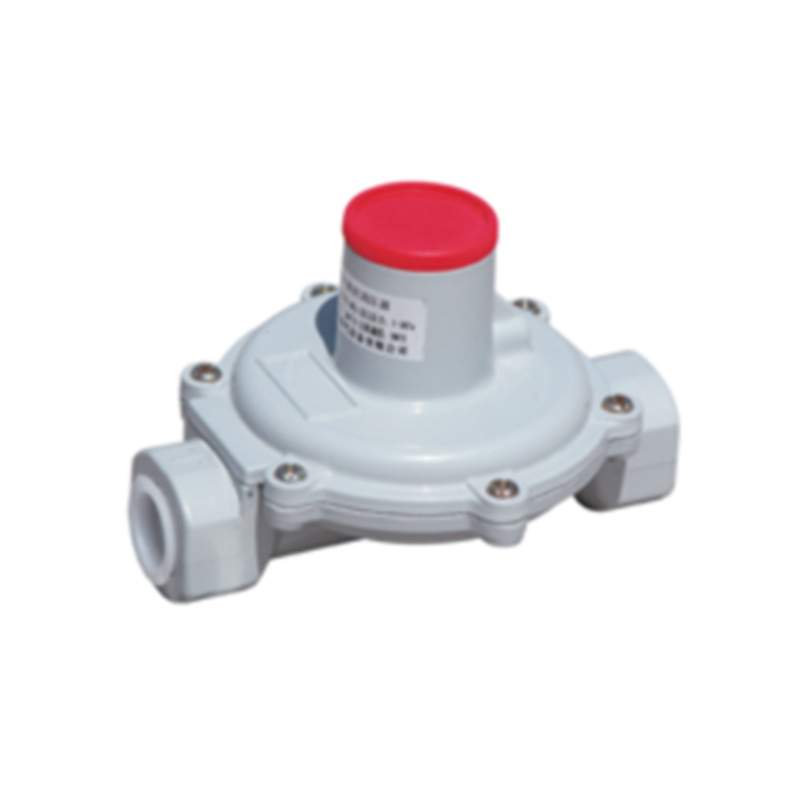
Dec . 23, 2024 02:10
Back to list
gas pressure vessel
Understanding Gas Pressure Vessels Design, Applications, and Safety
Gas pressure vessels are fundamental components in various industries, playing a crucial role in storing and managing gases under pressure. These vessels are designed to hold gases at a pressure significantly different from the ambient atmospheric pressure. The design, construction, and maintenance of gas pressure vessels are governed by stringent engineering principles and regulations to ensure safety and efficiency.
Design and Construction
The design of a gas pressure vessel involves several critical considerations. The material selection is paramount, as the vessel must withstand high internal pressures without deforming or failing. Common materials include carbon steel, stainless steel, and various alloys that provide the necessary strength and corrosion resistance. The thickness of the vessel walls is calculated using various engineering equations, often based on the ASME (American Society of Mechanical Engineers) Boiler and Pressure Vessel Code, which outlines the acceptable practices for design and construction.
In addition to material and thickness, the shape of the vessel is also important. Most gas pressure vessels are cylindrical, as this shape provides uniform stress distribution under internal pressure. However, spherical vessels are sometimes used for their ability to withstand pressure evenly from all directions, making them suitable for high-pressure applications.
Applications
Gas pressure vessels are utilized across a range of industries. In the oil and gas sector, they are essential for storing natural gas and other hydrocarbons before they are processed or transported. In the chemical manufacturing industry, gas pressure vessels are used to store gases like ammonia or chlorine, which are critical for various chemical processes. Moreover, in the medical field, gas pressure vessels are necessary for storing gases such as oxygen and nitrous oxide, which are vital for patient care in hospitals.
gas pressure vessel

Another significant application is in the energy sector, especially with the rise of alternative energy solutions. Compressed natural gas (CNG) storage facilities utilize gas pressure vessels to store gas at high pressures, making it suitable for use in vehicles and as a cleaner energy source.
Safety Considerations
Due to the inherent dangers associated with storing gases under pressure, safety is of utmost importance in the design and operation of gas pressure vessels. Regular inspections and maintenance must be performed to identify any signs of wear, corrosion, or fatigue. Pressure relief devices are mandatory on these vessels, ensuring that excess pressure can escape in a controlled manner to prevent catastrophic failures.
Operators must also adhere to strict regulations governing the operation of pressure vessels. These regulations cover aspects such as pressure limits, operational procedures, and emergency response protocols. Training for personnel handling these vessels is crucial, equipping them with the knowledge to operate safely and respond effectively in case of an emergency.
Conclusion
Gas pressure vessels are indispensable in modern industry, enabling the efficient storage and management of gases under pressure. Their design and construction require meticulous attention to detail and adherence to safety regulations to prevent accidents. As demand for gas storage solutions continues to grow, advancements in materials and technology will likely enhance the efficiency and safety of these essential components. Understanding the principles behind gas pressure vessels lays the groundwork for their safe and effective use across various applications, contributing to a wide array of industrial processes and advancements.
Latest news
-
Safety Valve Spring-Loaded Design Overpressure ProtectionNewsJul.25,2025
-
Precision Voltage Regulator AC5 Accuracy Grade PerformanceNewsJul.25,2025
-
Natural Gas Pressure Regulating Skid Industrial Pipeline ApplicationsNewsJul.25,2025
-
Natural Gas Filter Stainless Steel Mesh Element DesignNewsJul.25,2025
-
Gas Pressure Regulator Valve Direct-Acting Spring-Loaded DesignNewsJul.25,2025
-
Decompression Equipment Multi-Stage Heat Exchange System DesignNewsJul.25,2025

